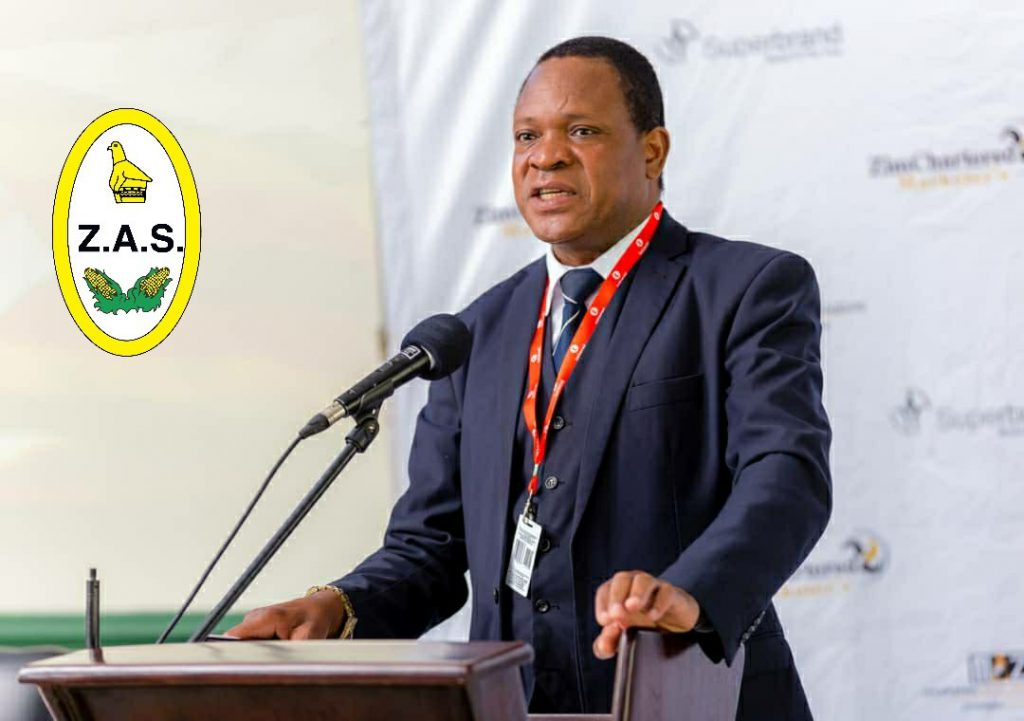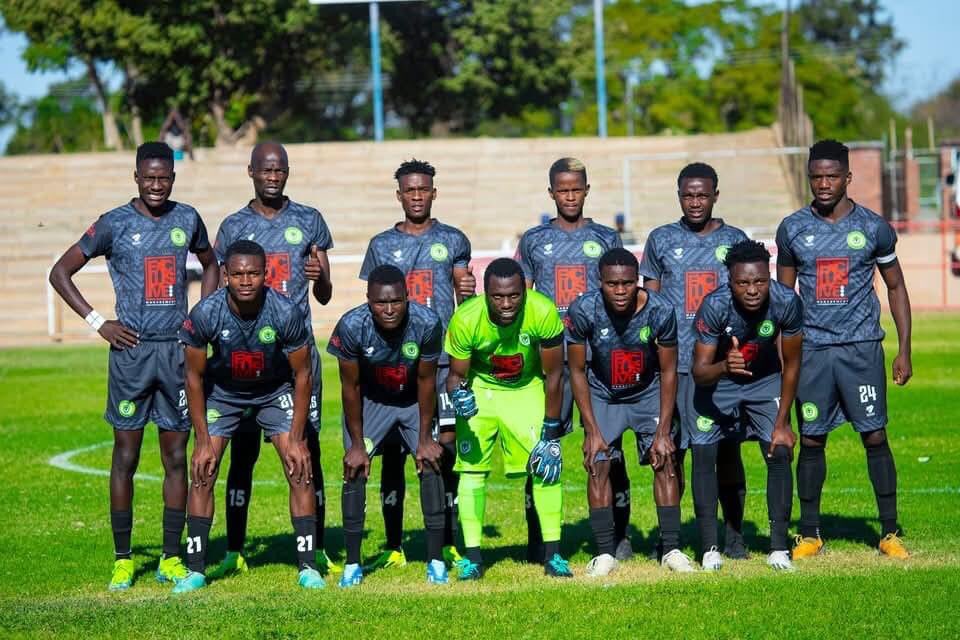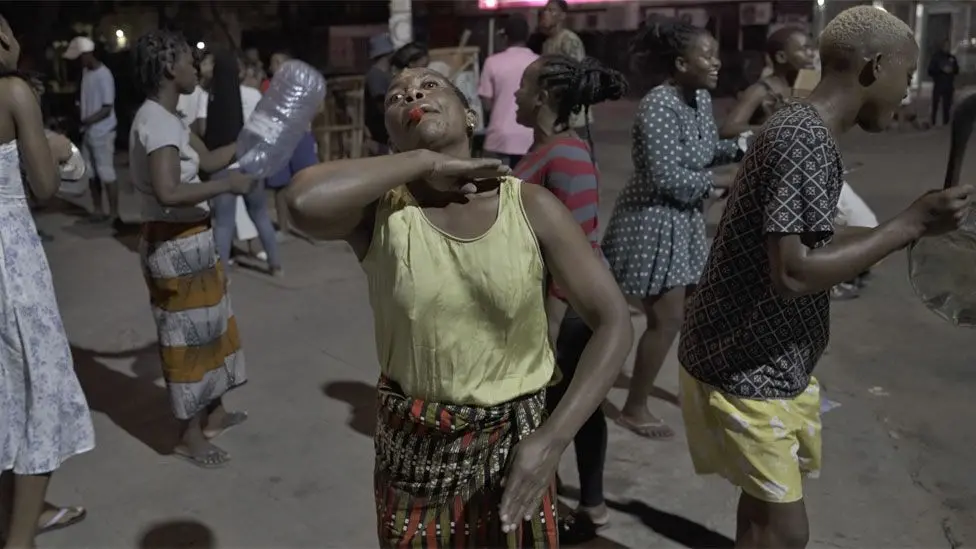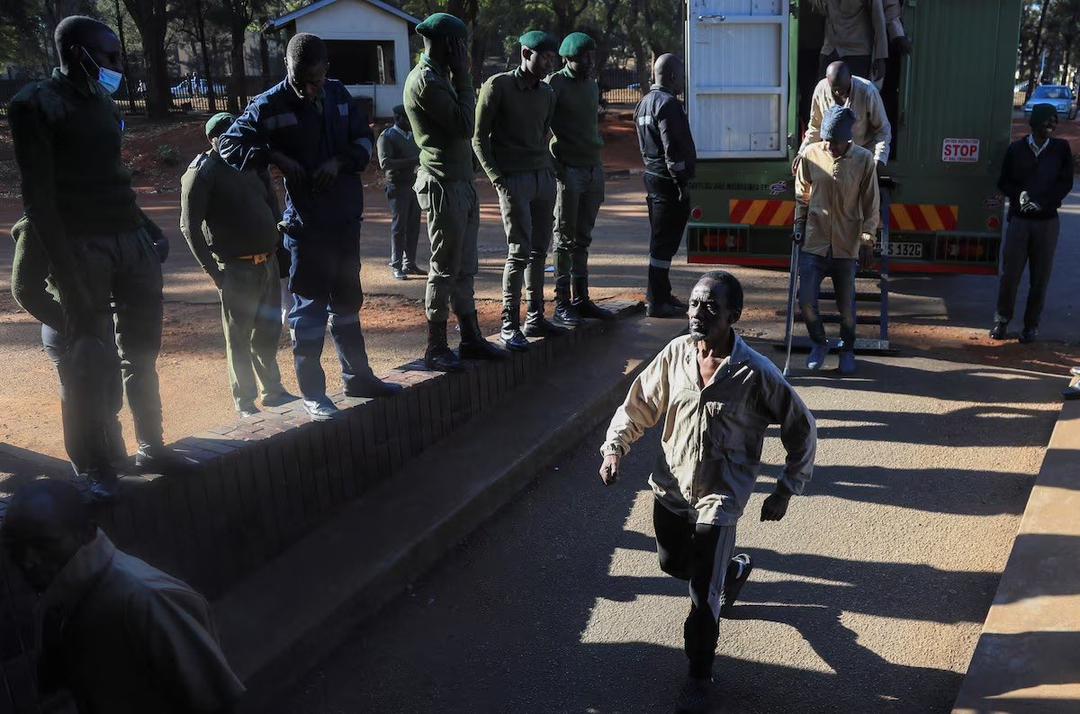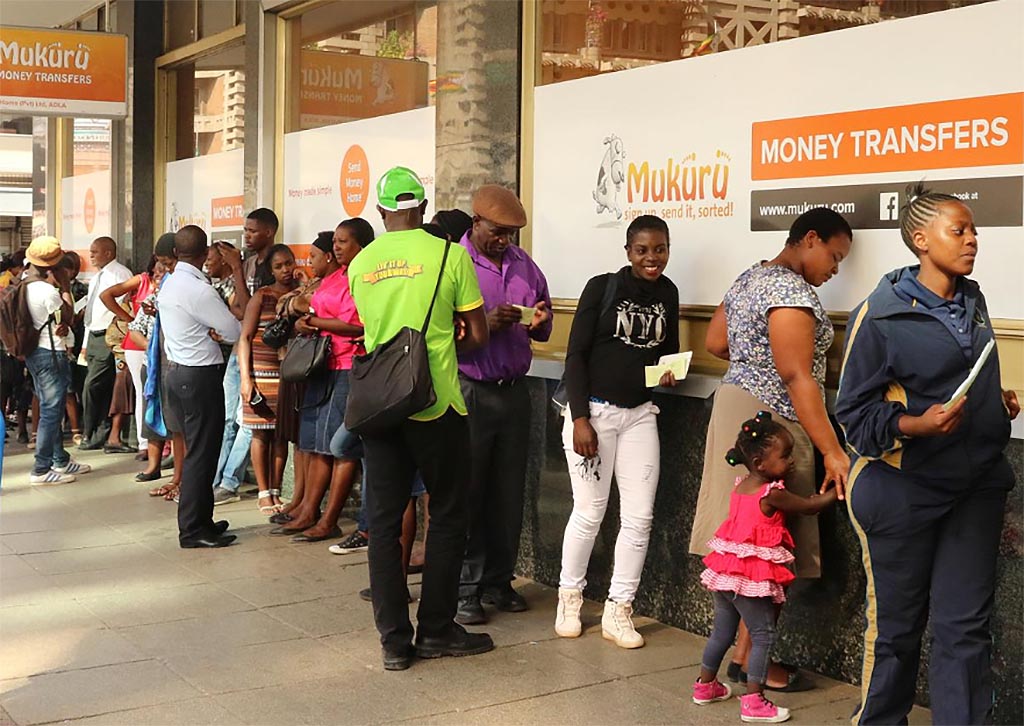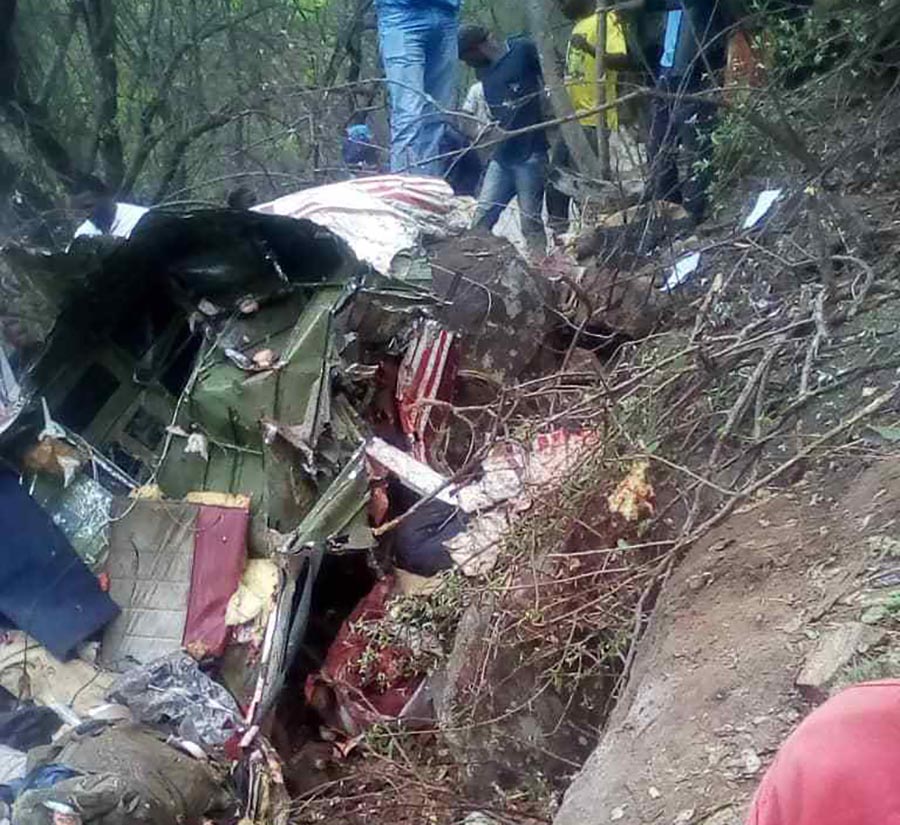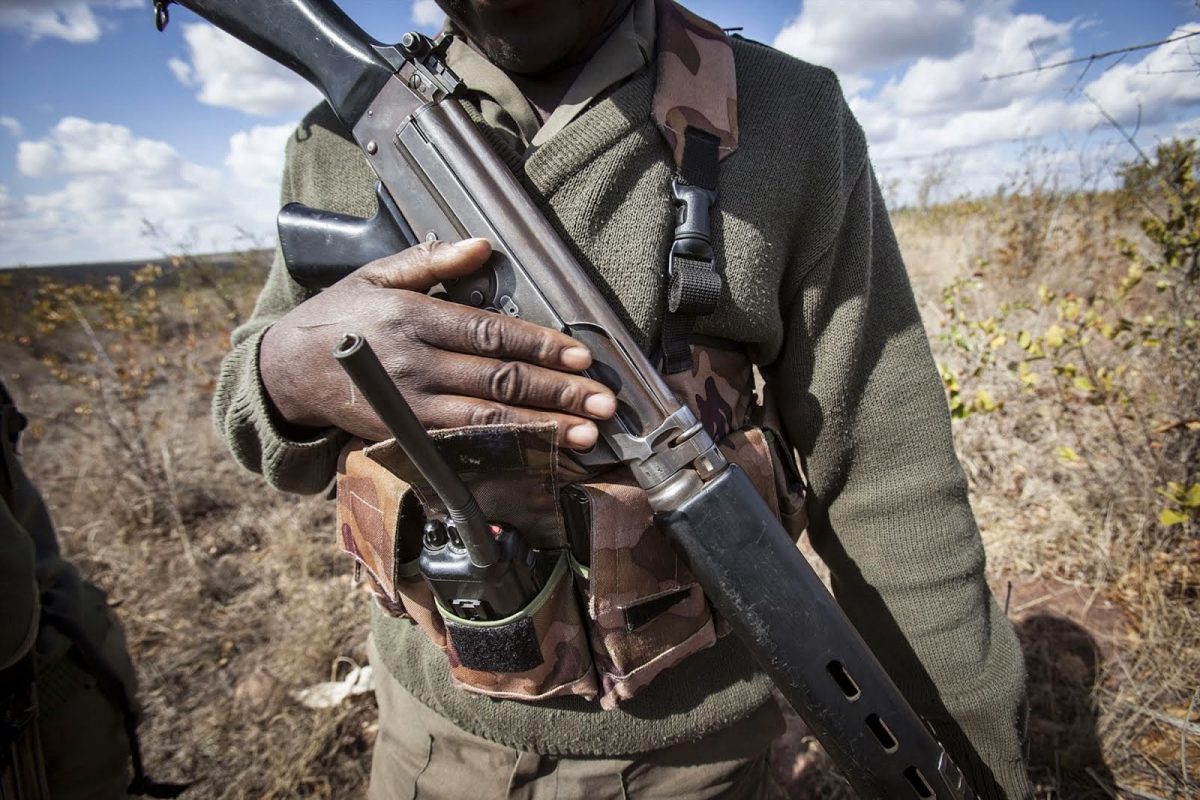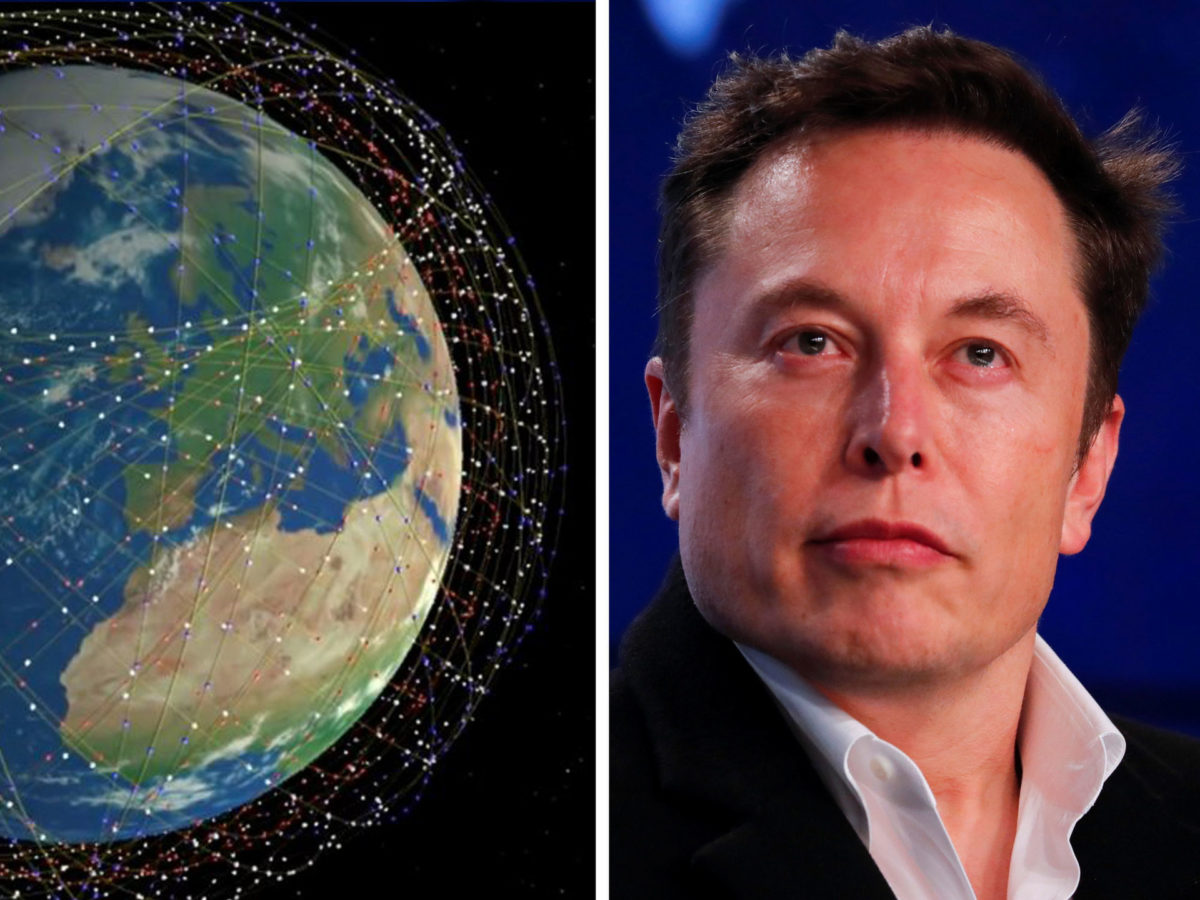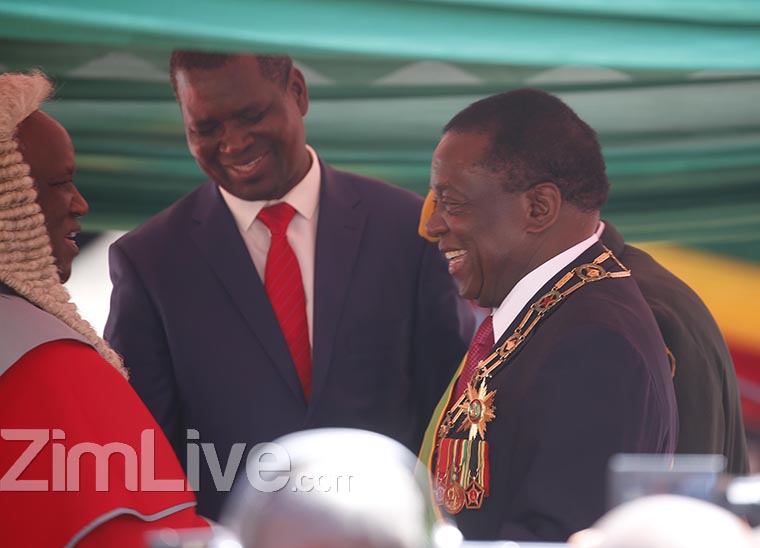HARARE – The European Union and Switzerland are investing over €200 million (CHF187 million) in projects to make Zimbabwe, in southern Africa, more food secure and resilient to climate change. At the heart of one initiative is a goat that does not get milked.
Mutiusinazita, in Buhera District some 220km south-east of the capital Harare, is one of the driest parts of Zimbabwe.
The annual rainfall of 650 to 700mm is not enough to make agriculture profitable. As a result, hunger and poverty are widespread.
Jesca Mutero, 46, was a typical resident of Mutiusinazita. Poor and widowed, she tilled a small field that yielded little to nothing each year. Her home was a one-room hut.
But in the last four years her life and that of her two children have changed. She now owns 45 goats and has built a three-room house. Four years ago, she got about only on foot; now she owns a motorbike.
“Before this project, I was struggling. We cultivated the land, but the harvest often failed. Thanks to the goats we can now make a living,” she says.
Mutero is a member of the Mutiusinazita Buhera Livestock Association, a cooperative of 38 women who breed goats. The project is part of the €40 million Zimbabwe Agriculture Growth Programme, launched by the European Union in 2016 to support the country’s livestock sector.
In March 2023, the EU and Switzerland expanded their cooperation with Zimbabwe to a €207 million programme, known as the Team Europe Initiative on Greener and Climate-Smart Agriculture.
The aim is to establish more sustainable production in Zimbabwe and help vulnerable communities to overcome climate-related challenges.
Zimbabwe’s economy is still primarily agrarian, with most of the population dependent on farming for a living. The ever more frequent droughts, cyclones and high temperatures as a result of climate change are endangering the livelihoods of the rural population.
Ntuthuko Nyathi, 37, from the arid region of Manama in Gwanda District, some 600km south of Harare, is chairman of the Gwanda Goat Producers Business Association.
When the EU first got in touch, he recounts, they were poor smallholders who did not know how to market their produce. They then received training in how to increase production and productivity, improve their financial skills and negotiate better prices.
The cooperative members each received two breeder males, crossbred Boer goats and crossbred Kalahari Red goats, as well as material to build goat pens.
The Boer goat, from neighbouring South Africa, is large, while the Kalahari Red, from the same country, is very robust.
Both are bred for their meat. The members of the cooperative crossed the foreign breeds with local Matebele goats, which are generally smaller and suited to the harsh conditions in Gwanda.
“We then started selling the animals across Zimbabwe, bearing in mind that Matebele goats have proven to have good genetics and can adapt to the different climatic regions of Zimbabwe,” says Nyathi.
“By adding the foreign breeds to our flock, we were able to tap into a growth market, as the demand for crossbreeds is high,” says the father of three, who now sells between 1,000 and 2,500 goats a year.
The €207 million in funding covers all programmes that will be implemented from 2021 to 2027, explains Alexandra Maseko, press and information officer at the EU delegation in Zimbabwe. The EU is contributing €134 million, France €17.4 million, Sweden €21.6 million and Switzerland €34 million.
Over 20 support programmes have been launched so far. In addition to more sustainable agriculture, they focus on renewable energy promotion, general livelihoods in rural areas and environmental and nature conservation.
According to Maseko, the Team Europe initiative is a good tool for building relations with governments and other partners. The programmes are also geared at building economic sustainability.
Richard Nyamanhindi, programme officer for communication and culture at the Swiss embassy in Zimbabwe, Zambia and Malawi, believes that the local coordination of the projects is one of the strengths of the Team Europe initiative.
It enables the participants to learn from each other and share successful models. “And we avoid repeating things that didn’t work,” he says.
In Mutiusinazita, Mutero says the programme has changed her life. But there are still problems – for instance, when it comes to getting her goats to market in Harare. She complains about the poor road network; travelling on the roads is “a nightmare”, she says.
The lack of reliable transportation to market also affects Nyathi and his colleagues. He has appealed to the EU to support the building of abattoirs in the communities, so that livestock can be slaughtered locally and the meat transported to market in refrigerated vehicles.
His cooperative also wants to shift its focus from supplying meat to urban markets to selling breeding animals.
“One challenge is the drought in our region, so we need to produce animal feed,” he says.
“Feed yards, water pipes for irrigation, threshing machines and warehouses – I believe that if all donor countries went down this path, poverty in Zimbabwe would be alleviated.”
Anxious Masuka, the Minister of Lands, Agriculture, Fisheries, Water and Rural Development, supports the EU and Swiss initiative. It aligns with the government’s programme launched in 2020, he says.
However, the government’s efforts to promote sustainable agriculture are focused on the production of maize, the national staple, as well as small grains such as sorghum and pulses.
The authorities have also instructed farmers not to plough their fields before sowing, on the understanding that this disrupts soil organisms and releases carbon dioxide.
“This is smart farming, which disturbs the soil as little as possible. If we just dig holes and plant the crops, we leave everything else undisturbed,” the minister says.
Climate-proof agriculture is also being promoted at national level through better management of water resources, with dams and boreholes. Today, some 203,000 hectares of agricultural land in Zimbabwe are irrigated.
“We want to reach around 350,000 hectares by 2025,” Masuka says. The government’s primary goal is climate-safe crop farming.
“But livestock farming can also be made climate-proof,” the minister adds. Given the expected climate changes, animal husbandry in some areas will have to be adapted to the respective agro-ecological zone.
In dry areas such as Buhera and Gwanda, the government is favouring smaller animals, such as indigenous chickens and goats.
“This is what we are doing and all the development partners, including the EU, are coming to support the government in this endeavour,” Masuka says.
In just three years since the government launched its efforts, Zimbabwe has become food secure, the minister asserts, “because we have adopted climate-smart agriculture at both national and household levels.” Swissinfor

